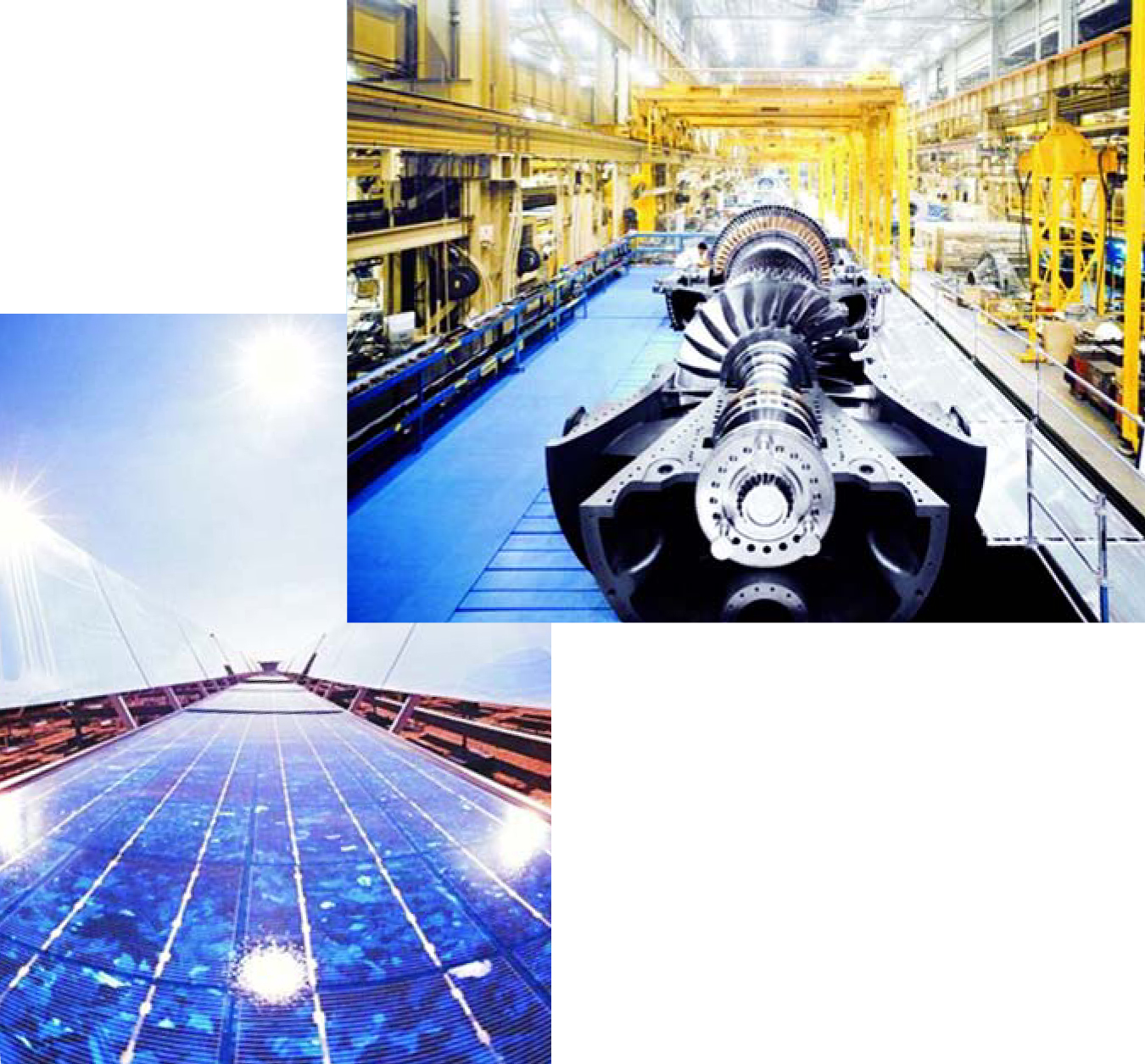GE Makes High-Profile Pledge to Green Up
DOI: 10.1063/1.2062907
“Green is green”—good for the environment and good for the bottom line. That’s how General Electric CEO Jeff Immelt describes “ecomagination,” an initiative launched by the company this spring.
In going green, GE joins a growing trend in industry. At the 2000 World Economic Forum in Davos, Switzerland, for example, business leaders ranked global warming as the most pressing issue of the new century. “GE may not be the first, but they are certainly the 800-pound gorilla in this in terms of what they can do,” says Bernie Bulkin, former chief scientist at the BP energy company and a member of a group that advises the UK government on sustainable development issues.
Ecological imagination
GE’s new initiative includes a pledge to more than double the company’s investment in environmentally friendly products and energy efficiency from $700 million to $1.5 billion a year by 2010, a hike from 25% to 35% of total R&D spending. GE also says it will double annual profits from such products to $20 billion by 2010 and cut its own greenhouse gas emissions by 1% by 2012. Based on projected growth, the company estimates that without countermeasures its emissions would grow by 40% in that time. Headquartered in Fairfield, Connecticut, GE creates about a third of the world’s electricity and is one of the world’s largest publicly traded companies.
“An absolute reduction [in greenhouse gas emissions] by GE is a good step,” says MIT’s Ernest Moniz, former US Department of Energy undersecretary. “You’d hope that 1% will be followed by 20% in 2020, but you have to be realistic.” And the reality, he says, “is that the ship is too big to turn. Speaking globally, the best you can do is level off emissions in the next 20 or 25 years, and then reduce.” GE’s multipronged plan to cut its emissions includes converting a manufacturing center from coal to gas, using methane from landfills as an energy source, employing the company’s own energy-efficient technologies, and trading emission credits.
Energy, water desalination, and advanced materials are key ecomagination categories. Among the products GE has gathered under the new umbrella are coal gasification systems, offshore wind turbines, natural-gas turbines, diesel–electric hybrid locomotives, photovoltaics, low-toxicity materials, and household appliances such as washing machines and light bulbs.
Sending a signal
The company’s research center comprises some 2500 researchers at labs in China, India, Germany, and Niskayuna, New York. Since the May launch of ecomagination, says GE’s Ed Hall, an R&D manager in the physical sciences, “probably the biggest impact that I’ve seen has been that … people who come in for interviews say, ‘I’ve heard about this, and I’d like to work on wind turbines.’ It’s apparently had an effect on the university community and gotten people excited about things they may want to work on.” In-house, he adds, ecomagination has also “excited passions.” GE denied Physics Today’s repeated requests to interview its scientists.
“The overall trend at the research center has been toward more risky stuff, long-term goals,” continues Hall. “The hydrogen program is a prime example. There are not a lot of hydrogen-based products out there now.” GE is studying production, storage, distribution, and applications of hydrogen energy.
For the most part, though, ecomagination is a repackaging of pre-existing activities. “GE has always been committed to minimizing consumption of fuel and reducing emissions,” Hall says. Ecomagination, he adds, is an intensification of that effort within the company.
“Identifying and naming their corporate strategy for the public and policymakers is extremely significant,” says Alan Nogee, energy program director at the Union of Concerned Scientists. “It sends a clear signal that one of the biggest companies in the world is taking global warming seriously and finding ways to profit.” Adds Moniz, “Ultimately, it’s about the customers in terms of carbon control, and about what technologies are bought and deployed.”
Getting past pollution
Perhaps to avoid controversy, nuclear energy R&D is not under the ecomagination rubric, at least for now. But in launching the initiative, Immelt said “nuclear is emissions-free” and added, “I agree with [President Bush]: It is unrealistic to imagine America’s energy future without this proven, clean, safe, domestic resource.” The company will invest $400 million to $500 million in developing a new boiling-water reactor, according to GE nuclear marketing communications manager Claire Zurek. Nuclear energy R&D is “going through the screening process and trying to become a product of ecomagination,” she says.
With unsolved hazards of proliferation, waste, and security, environ-mentalists generally do not see nuclear energy as advantageous. They also note that GE’s environmental track record is not unblemished. By dumping hazardous waste, the company has created many Superfund sites. One is a 300-km stretch of the Hudson River in New York state, which is polluted with more polychlorinated biphenyls than anywhere else, says Patricia Daly, executive director of the New Jersey–based Tri-State Coalition for Responsible Investment. Although the PCBs were dumped legally, Daly says that GE’s record on cleaning up has given it a “black eye in terms of credibility.”
Still, on climate change, GE’s initiative is winning widespread applause. Just two years ago, company shareholders filed a resolution asking GE how it was responding to regulatory and consumer pressure to address climate change. Around the same time, GE scored at the bottom of the heap in a ranking of 20 international companies on corporate governance response to global warming. “We are updating our checklist,” says Doug Cogan of the Investor Responsibility Research Center in Washington, DC, who undertook the ranking for Ceres, a coalition of environmental groups and institutional investors. “There’s no question they’ll come out better this time.”

Photovoltaic roof panels for solar energy collection (below) and the H System gas turbine (right) are examples of General Electric’s push to create green products.
GENERAL ELECTRIC


Jeff Immelt, General Electric CEO.
GENERAL ELECTRIC

More about the Authors
Toni Feder. tfeder@aip.org
